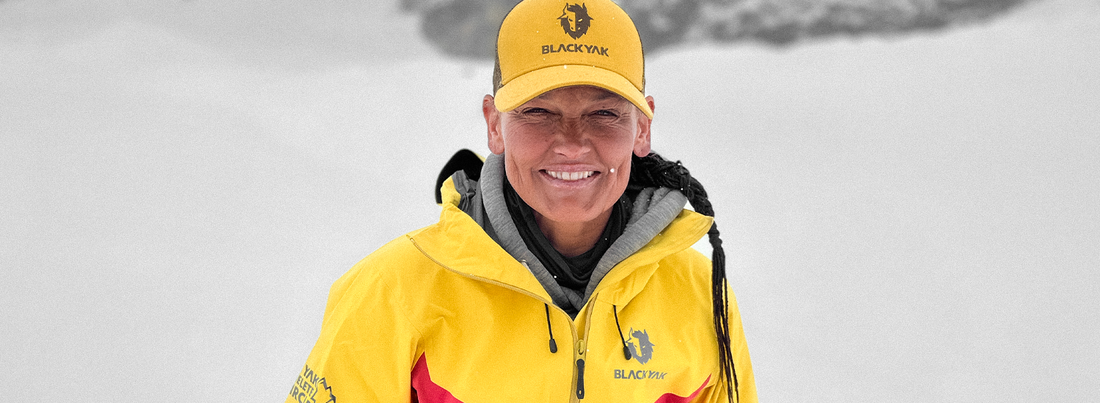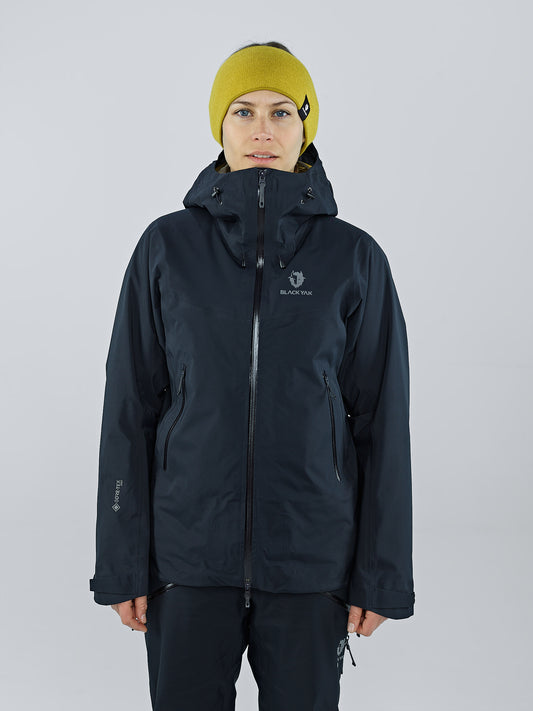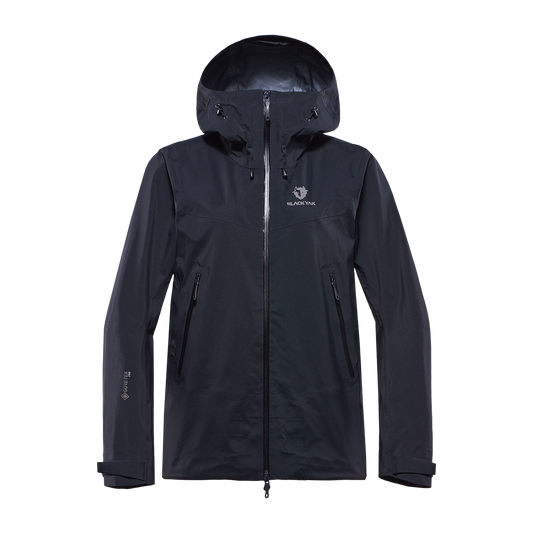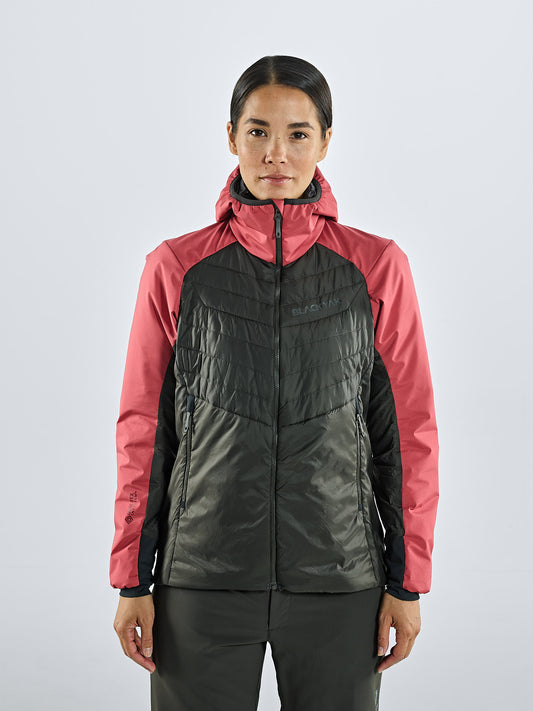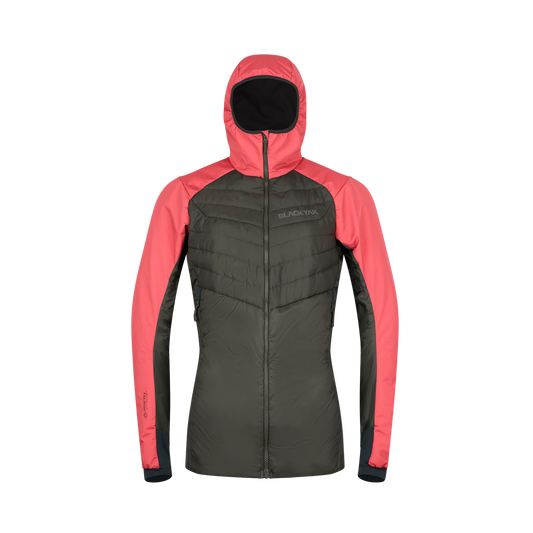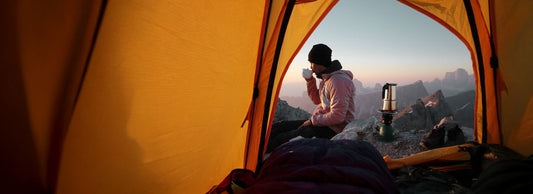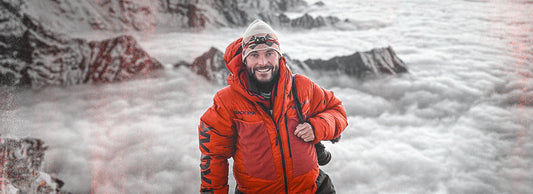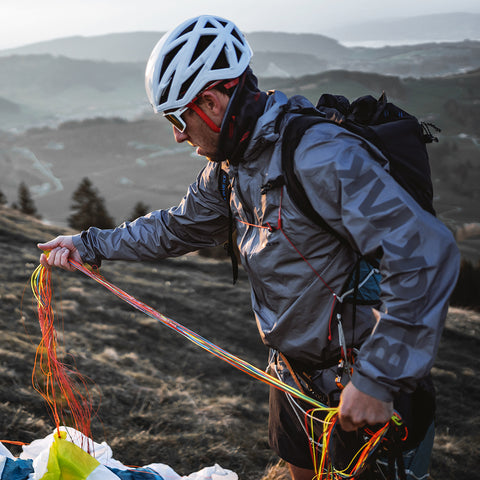When the season is here, I love to be out in the snow, especially up at my cabin in the Norwegian mountains. My best training in winter is to go uphill on snowshoes with heavy backpack. Maybe up to a TV/radio mast (usually on steep hills). My weight is made up of stones or full water bottles, which I empty at the top, to avoid unnecessary strain on your knees when going downhill.
In my perfect world I stay in my little cabin; there I have hills around me which takes 1-2 hours to walk up. If I get in two runs up the hill I am happy. After that, I do some core strength before I end the day with yoga. Always stretch after activities, and we all need to do yoga; it is good for both strength and flexibility. I feel so much better when I do yoga on a regular basis. I aim to do 30-40 minutes every day. I prefer to do it in the evening to end the day, but some people prefer to start the day with yoga. You do you J
Also in the winter I try to stay and live and train as much as possible outdoors; I actually moved out and lived in my expedition tent for 8 years. And yes, it is possible to do both work out and yoga in a tiny little tent and if it is nice weather it is good to do it outside in the sun.
I also drag my tire around in the winter, just be aware that it is easier on icy/snowy roads, so you might need double tires. If you have a sled/pulk, you can fill it with something heavy and pull the pulk. Maybe you need firewood to your cabin or home, or you can use weight from the gym, filled water bottles or stones.
 At least once a week I visit my local ski jump area and run the stairs. I bring with me a plastic bag or a small portable snow slider/ butt seat sled. I run up and slide down. It is important to have fun. You can also do snow shoe running on a steep hill. That is really hard training. I guarantee you that you will feel the heart pounding.
At least once a week I visit my local ski jump area and run the stairs. I bring with me a plastic bag or a small portable snow slider/ butt seat sled. I run up and slide down. It is important to have fun. You can also do snow shoe running on a steep hill. That is really hard training. I guarantee you that you will feel the heart pounding.
My Six-month training program for climbing high altitude mountains:
The best way to prepare physically for climbing high altitude mountains is to try and mimic the activity of the specific mountain for several months prior to your trip.
Use the big boots that you want to use at your climb or expedition. In that way you also get to break them in. It is very efficient to walk in a lot of snow and break trail. And if you break trail uphill, you do both cardio and strength training. If you don’t have snow where you are, you can go walking in sand dunes and mud/ marshland. Such areas are perfect to do heavy walking/training for your legs (preferable slightly uphill)
This can be achieved by trekking on hills or mountain trails near your home, using a Stair Master, or even stairs in a tall building for building a solid core cardio and general strength. Adding other activities such as weight training, more specific cardio exercises such as running or biking, and even pulling weighted tires can help to mimic the physical aspects involved with general movement on any of the mountains.
The example below is a 6-month base line cardio and strength training plan that you can try if you aim for climbing some of the high altitude mountains.
I like to break down the preparation into:
- Mental preparation
- Cardiovascular training
- General strength work out
This general training program covers a 6-month period and can be a guideline towards your climb. Keep in mind the previous information I gave you about how to train, while making your personal program based on this general guideline.
Mental preparation:
We all have our own past experiences, current physical and technical readiness, as well as our own mindset. I would like to start to emphasize that the most important part of preparing to climb high altitude mountains is to make it a “part of your life”. By this I mean, each decision you make in daily life should include the thought of how this will impact your climb. Eating habits, how much (and how often) you drink alcohol, how much you sleep and how your stress level is. It is a great way to make important daily life decisions and a good excuse to get in the “best shape of your life”. As mentioned before, I actually moved out and lived in my expedition tent for 8 years. You don’t have to go that extreme, but try to get in as many nights in your tent as possible.
While you train, it is a good idea to mentally visualize what it will be like to climb the last steps to the summit; your feelings, joy and strength. Picture yourself strong and psyched, with so much psych left in you that you can go up and over the summit and down the other side. Because that is what you HAVE TO do; reach the summit AND turn around and descend.
Cardiovascular training:
Moderate but sustained activity preparation in the months before your expedition will make all the difference to how you feel on the climbing days on any mountain. Working at an elevated heart rate for 45-90 minute sessions will build the core of your cardio. You should gradually increase the length of your workout time. Start with three times per week and do four times per week as the expedition gets closer.
General Strength work out:
It is important to visualize how your expedition will be, and how your work at the chosen mountain will be. You will be carrying a backpack for maybe 4 - 10 hours between camps. To be well prepared for the strength needed, you should train to become stronger than you need. The stronger you are, the more enjoyable the climbing days are and the better your chances will be to have the endurance and determination to make a successful summit bid.
 Sample Workout Schedule
Sample Workout Schedule
Six months before and five months before the challenge:
Monday: Cardio session 45 minutes at consistent elevated heart rate. (Steep uphill run/walk, snow shoeing, pulling your tire, run on stairs or Stairmaster /treadmill, cycle, run, swim)
Tuesday: Strength - general weights 30 minutes - one hour. Concentrate on core muscles e.g.; sit ups, squats, pushups, pull ups and pulling exercises to mimic jugging on fixed ropes with an ascender (SkiErg/ ski exercise machine)
Wednesday: Cardio work session 45 minutes at consistent elevated heart. (Steep uphill run/walk, snow shoeing, pulling your tire, run on stairs or Stairmaster/treadmill, cycle, run, swim)
Thursday: Strength - General weights 30 minutes - one hour. (Concentrate on core muscles example; sit ups, pushups, squats, pull ups and pulling exercises/SkiErg to mimic jugging on fixed ropes with an ascender)
Friday: Cardio session 45 minutes at a consistent elevated heart rate. (Steep uphill run/walk, snow shoeing, pulling your tire, running on stairs or Stairmaster/treadmill, bike, run, swim)
Saturday & Sunday: Go for some long nice walks and do yoga 30 – 40 min, rest, eat well, and hydrate well.
Four months and three months before the challenge:
Now increase cardio sessions to 60 minute periods. 30 of the minutes should be at your maximum exercise heart rate. To get this rate take the number (220) minus - (your age) = Max heart rate and ONE of our cardio days should be a mix of cardio and strength by focusing on your tire-pulling or hill climbing workout. This should be a longer session, two or more hours with a 20 Kg / 44 lb. backpack on. Find a nice uphill trail, mountain or stairs. Fill you pack with stones or water containers, that you can empty out at the top of the hill to save wear and tear on your knees during the descent. Climb uphill at a consistent pace without stopping. You want to build on your endurance and long periods of work. You should be able to ascend approximately 600 m/ 2000 ft. in elevation gain on your two-hour hill climb training day.
Monday: Cardio session 60 minutes at consistent elevated heart rate. (Steep uphill run/walk, snow shoeing, pulling your tire, run on stairs or Stairmaster/Treadmill, bike, run, swim)
Tuesday: Strength - General weights 30 minutes - one hour. (Concentrate on core muscles example; sit ups, pushups, squats, pull ups and pulling exercises/SkiErg to mimic jugging on fixed ropes with an ascender)
Wednesday: Cardio work session 45 minutes at consistent elevated heart. (Steep uphill run/walk, snow shoeing, pulling your tire, run on stairs or Stairmaster/Treadmill, bike, run, swim)
Thursday: Strength - General weights 30 minutes - one hour. (Concentrate on core muscles e.g.; sit ups, pushups, squats, pull ups and pulling exercises/SkiErg to mimic jugging on fixed ropes with an ascender)
Friday: Yoga 30-40 min
Saturday: Out in the park, mountain-hill or stairs! Do your consistent, elevated heart rate hill climb for 1-2 hours with a heavy backpack. Drop the weight at the top (water or stones) from your pack, descend. Keep a max heart rate, or just below max, the entire time.
Sunday: Do yoga 30 – 40 min, rest, eat well, and hydrate well.
Two months and one month before the challenge:
From here on out, one of your cardio days should be at least 90 minutes and consist of more muscle confusion style elevated heart rate. For example, wear a 10 Kg. / 20 lb. light pack and do 1-2 minute hill climbs or stair climbs and descend back down slowly to recover, then repeat over and over again for your total time. Your hill climbing workout once a week increases in time. This should be a longer session now, four hours or more with a 25 Kg / 50 lb. backpack on. Here it is perfect to use a ski jump area, steep hill, your local mountain hill or stairs. Fill your pack with rocks or water containers, which you can empty out at the top of the hill to save wear and tear on your knees during the descent. Climb the uphill at a consistent pace without stopping. You want to build on your endurance and long periods of work. You should be able to ascend 1200 m / 4000 ft. in elevation gain on your four hour hill climb training day.
Monday: Cardio session one hour muscle confusion cardio at consistent elevated heart rate. (Stairs or steep uphill walk in two minute long periods at strong pace, then recover on way down hill, turn around and repeat)
Tuesday: Strength - General weights one hour. (Concentrate on core muscles example; sit ups, pushups, squats, pull ups and pulling exercises/SkiErg to mimic jugging on fixed ropes with an ascender)
Wednesday: Cardio work session 45 minutes at consistent elevated heart. (Steep uphill run/walk, snow shoeing, pulling your tire, run on stairs or Stairmaster/Treadmill, bike, run, swim)
Thursday: Strength - General weights one hour. (Concentrate on core muscles e.g.; sit ups, pushups, squats, pull ups and pulling exercises/SkiErg to mimic jugging on fixed ropes with an ascender)
Friday: Yoga 30 - 40 min
Saturday: Use your local park, mountain hill or stairs/ski jump. Do your consistent, elevated heart rate hill climb for four hours with a heavy backpack. Drop the weight at the top (water or stones) from your pack, descend. Alternatively, you can pull two tires or an extra weighted tire for 2-3 hours. Keep a max. heart rate or just below that the entire time. You are in the final preparation months now, crank out the heavy backpack hill climbing or tire pulling to build your climbing prowess which will help you to climb in good style.
Sunday: Yoga 30-40min, rest, eat well, and hydrate well.
I wish you all happy and successful training, and always remember to Enjoy your Mission!

-
WOMEN'S THULAGI GORE-TEX 3L PRO SHELL JACKET
Because the right equipment is part of every successful mission, the THULAGI ...Regular price From 476,00 €Regular priceUnit price per680,00 €Sale price From 476,00 €Sale -
WOMEN'S ZUBRON HOODED INSULATION JACKET
When looking for a highly versatile jacket with a clean, classy look, the ZUB...Regular price 245,00 €Regular priceUnit price per350,00 €Sale price 245,00 €Sale

